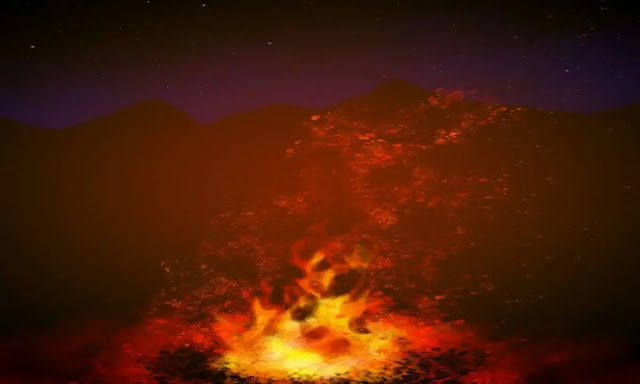Camels are killed in Australia because of the scarcity of water
10,000 camels will be slaughtered in Australia for searching for water 'desperately'
Aboriginal authorities in northwestern South Australia approved the killing that will begin on Wednesday and is expected to last five days.
Wax of 10,000 camels will be shot dead in a region of Australia that is being ravaged by drought after complaints from villagers about animals desperately seeking water putting the inhabitants at risk.
The local government of the Anangu Pitjantjatjara Yankunytjatjara (APY) territories, which is located in the state of South Australia, published a memo on Facebook in which it mentions that large herds of wild camels put Aboriginal communities at risk, so it has authorized the slaughter of animals that have been using the water resources that communities need to face the severe drought that affects the territory.
While large parts of the country suffer from fires, the southern part of the 'mainland island' has been suffocated under extremely high temperatures during the last weeks.
In their search for water, the groups of camels have destroyed houses and by competing for the precious liquid they end up dying in clashes between them and their bodies can contaminate the sources of water resources according to a report from the news.com.au site.
To prevent further damage and reduce conflicts between the population and the camels, state officials will allow shooters to hunt animals from helicopters whose operation will begin this Wednesday and will last five days.
Australia's wildlife has been hit by wildfires across the country and it has been estimated that more than 480 million animals have died and thousands of acres of habitat have been destroyed.
The arrival of the camels
In the 1840s, Australians imported about 15,000 camels to take advantage of the semi-desert landscape of the territory. Since then the population of camels has skyrocketed to an estimated 1.2 million wild animals that roam along the border between northern and southern Australia.
In addition to using large amounts of water, camels also destroy the habitat. Each year the animals are responsible for economic and environmental damages valued at more than 7 million dollars by destroying native vegetation, wetlands, watering holes and even cultural sites.
Public policies created the problem and are now trying to rectify it. Another of the initiatives has been the export of meat or live animals, however, it seems that it has not been effective in reducing the population of animals so the sacrifice of camels seems to be the best option for them.
The Anangu Pitjantjatjara Yankunytjatjara territory, which is the size of the state of Kentucky, inhabits 2,300 people. The lowest rainfall in the last 11 months has been recorded at the site, according to the country's Meteorology Office.




Comments
Post a Comment